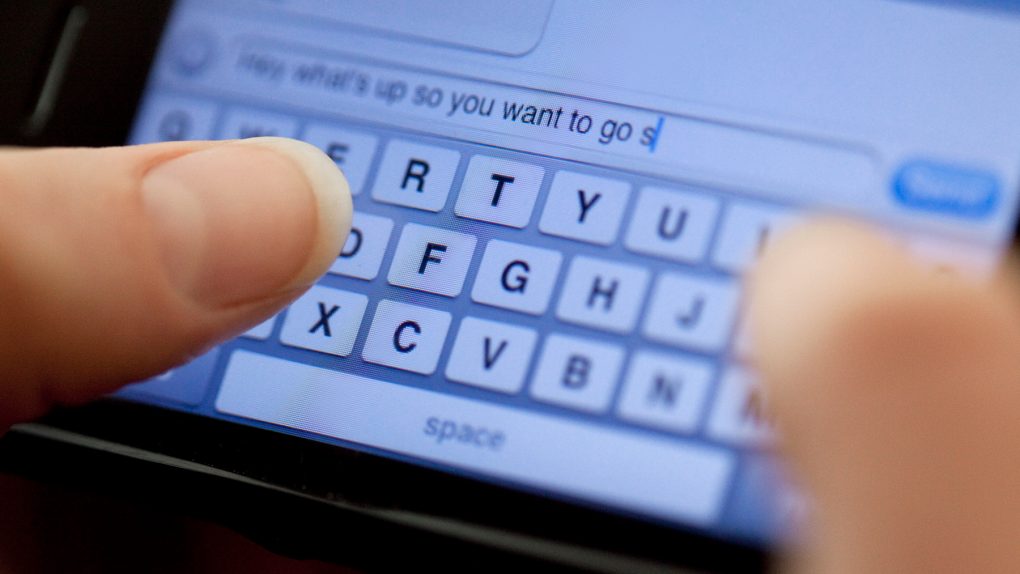One of the most unanticipated developments surrounding mobile phones is the fact that people don’t really want to use them to talk to each other. They want to use them to send messages. This phenomenon was so counterintuitive that it has now disrupted the entire tech industry twice — first in 1994 and later in 2012. It was messaging that turned Nokia into king of the mobile phone market in 1990s and then WhatsApp into one of the most successful startups in the history as Facebook was forced to pay $19 billion for a tiny company that was just five years old.
The astonishing popularity of text-messaging on phones has now blindsided two generations of tech leaders. It goes to show how difficult reading consumer behavior can be for even the most accomplished companies.
The first text-message was sent in December 1992, but it was in 1994 when text-messaging turned into a major mass-market trend. That was the year the Nokia 2100 debuted with expectations for 400,000 unit sales. It went on to sell 20 million units, buoyed by the weird new core design feature. Unlike Motorola or Ericsson models of the time, the 2100 had a big display that could show five lines of text and even scroll up and down a message chain. The phone was designed to be a vehicle for consuming 160 character snippets of text.
Who on Earth would want to send or read 160 character messages?
This was not clear to even Nokia engineers, but they were willing to follow a hunch that this “text-messaging” thing might help differentiate Nokia models from massively popular Ericsson phones that showed only one line of text. As every new Nokia phone generation focused on making consumer use of text messaging easier after 1994, the popularity of texting exploded, first in Europe and then in South-East Asia.
By 2003, consumers across the globe were sending 16 billion messages each month — an astronomically high number. Or so it seemed.
Even though new smartphones started offering all kinds of visually complex and impressive features on high-definition screens, the need for sending text messages did not die — quite the opposite. In 2009, a start-up called WhatsApp brought basic texting to smartphones with small but crucial twists, making group messaging and photo messaging easier than ever.
By the spring of 2014, WhatsApp was handling 10 billion messages a day, nearly as high as the total monthly global text message volume had been a decade earlier.
What is astonishing here is that the disruptive power of text messaging essentially destroyed mobile handset empires belonging to Motorola and Ericsson when Nokia gained a huge lead in creating texting-friendly phones in 1994. Yet 15 years later, global giants like Google, Twitter and Apple missed the texting trend yet again, leaving the massive emerging messaging app market for WhatsApp, LINE, WeChat and Kakao to battle over.
Now companies are forced to pay nearly a billion dollars for even third-tier messaging apps like Viber.
One major reason for this was the inability of California big cap tech geniuses to appreciate the mobile behavior lessons from the 1990s. The brand new mobile software era that started in 2007 was supposed to be an entirely new and different epoch. But consumers had not changed that much — and text messaging has turned out to be as much of a killer feature in 2014 as it was in 1994.




